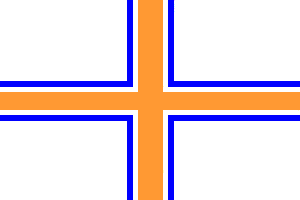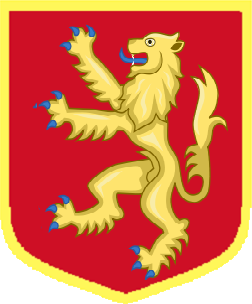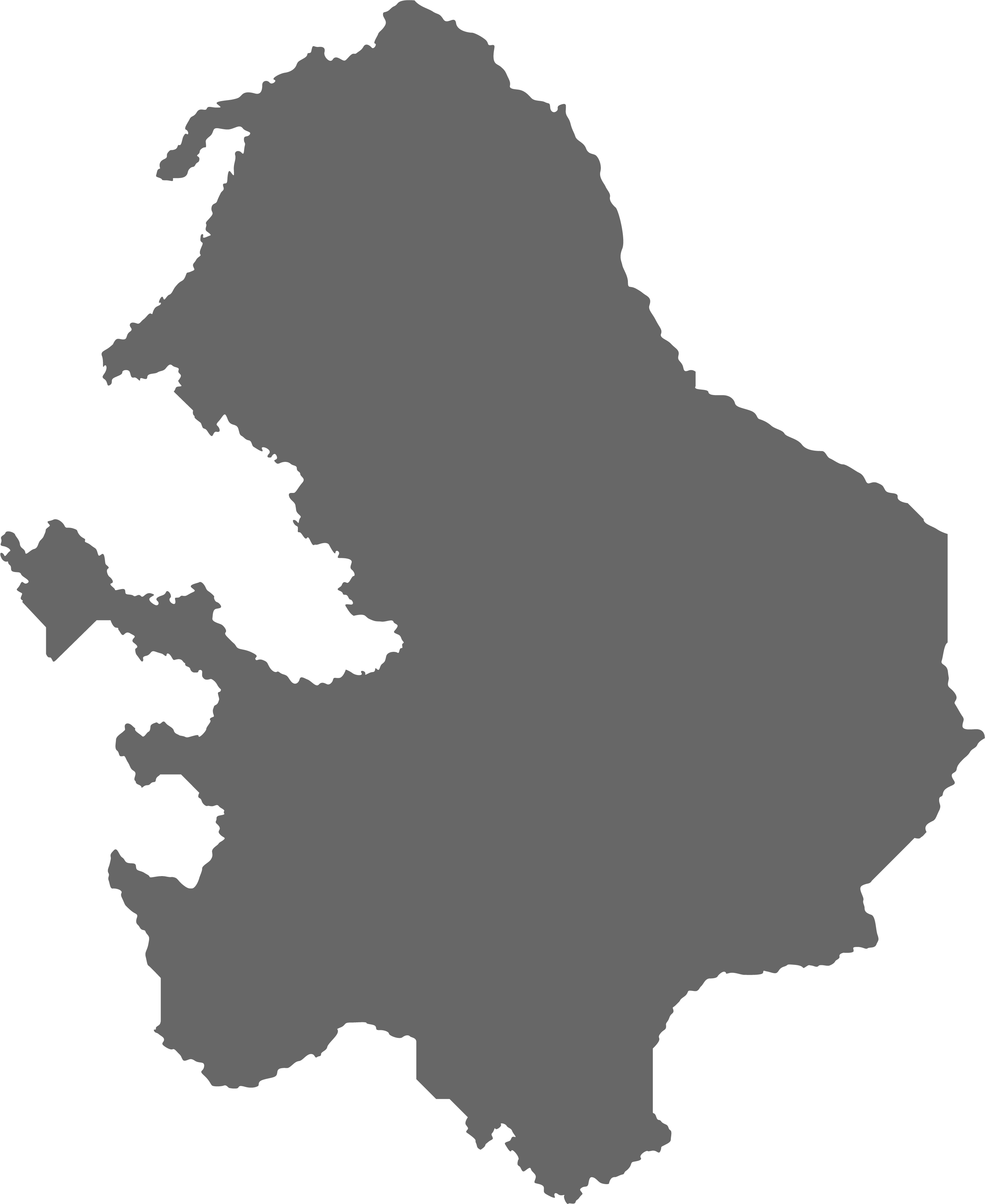Batavia
| |

|
|
| Feudal Status: | Imperial Dominion |
| Capital: | Tuulersbýur (transitional) |
| Largest Cities: | Ingelheim |
|
| |
| Local Leadership Title: | Viceroy of Batavia |
| Local Government: | Colonial Administration |
| Current leader: | Prince of Modan |
|
| |
| Local language: | Batavian, Istvanistani |
| Local Religion: | Cedrism (official) Catologism (Incorporated into Cedrist belief) |
Batavia is an imperial dominion. Population (1656) 6,438,197 (nobles 8,017; denizens 582,972; loyal subjects 597,092; community servitors 5,250,116).
The Kingdom of Batavia was one of the most loyal allies of Shireroth during the 4th and 5th era. The Batavians always held quite good relations with Shireroth, which was considered their first ally in the Anglophone Sector. These relationships have been considered quite good.
Around 1610 AN, the Batavian Kingdom split between the Kingdom of Batavia and the Free State of Batavia. The Kingdom of Batavia, controlling the Benacian lands, was a puppet-state of the Jingdaoese Empire. In 1615 AN, a re-unification was attempted under the leadership of Prime Minister Joachim Mackay, but this resulted in a fiasco and eventually only widened the schism. The Batavian people started to revolt, and both the Kingdom and the Free State collapsed into disarray.
The Benacian lands of the Kingdom of Batavia were later occupied and annexed by the Imperial Republic. Batavian culture is still present in the province of Dietsland. The militant organisation known as the Free Batavians strives towards a new foundation of the Batavian Kingdom.
Re-established as an Imperial Dominon following the Partition of Elwynn. The future once offered Batavia the prospect of elevation to imperial immediacy as an Imperial State during the 1650s when Waldemar Zinkgraven rose in the Imperial service to become Steward. This hope was dashed however by the Sxiro-Jingdaoese Confrontation escalating into open warfare, and Zinkgraven's discovery of hubris and nemesis in a fateful barrel of Nova English ale. The proximity of Jingdaoese enclaves around King's Worth and the Regent Isles to the new Imperial frontier resulted in Batavia becoming the scene of some of the most bitterly fought engagements of the War of Lost Brothers (1653–1657). The war and its aftermath led to a wave of Batavian migration (Voortrekkers) into the ungoverned territories (colloquially known as "The Green") of Inner Benacia, resulting in the establishment of Kasterburg and Transbatavia, as well as ethnic conflicts with the Siyacha and a certain level of entanglement in fraught geopolitical and ideological rivalry of Shireroth and Kalgachia. The experiences of the Voortrekkers, particularly after their violent expulsion from Nackholm by Imperial Forces resulted in the Batavian national reawakening and the attempted resurrection of a united Batavian polity in the 1660s AN.
Negotiations between Batavian and Shirerithian commissioners for the transfer of a portion of Batavia to native rule, in return for the cession of territories occupied by the Voortrekkers further east, began in 1662 and continued into 1663 during which time the Prince of Modan was appointed by the Imperial Government to serve as viceroy.
Administration
Bailiwicks of Batavia
The Bailiwicks of Batavia (formerly Western Froyalan) comprised of the following:
- Akrar
- Álafoss
- Björkalan
- Björkasbýur
- Cape Tuuler
- Flensborg
- Hjalli
- Jyllinge
- Land van Vinandje
- Myrthelan
- Tåreskog
- Tehuri
- Terravaris
- Thingeyrar
- Tjaldtangi
- Tuulersbýur
- Vålovylowara
- Vinandy
- Vorgóta

